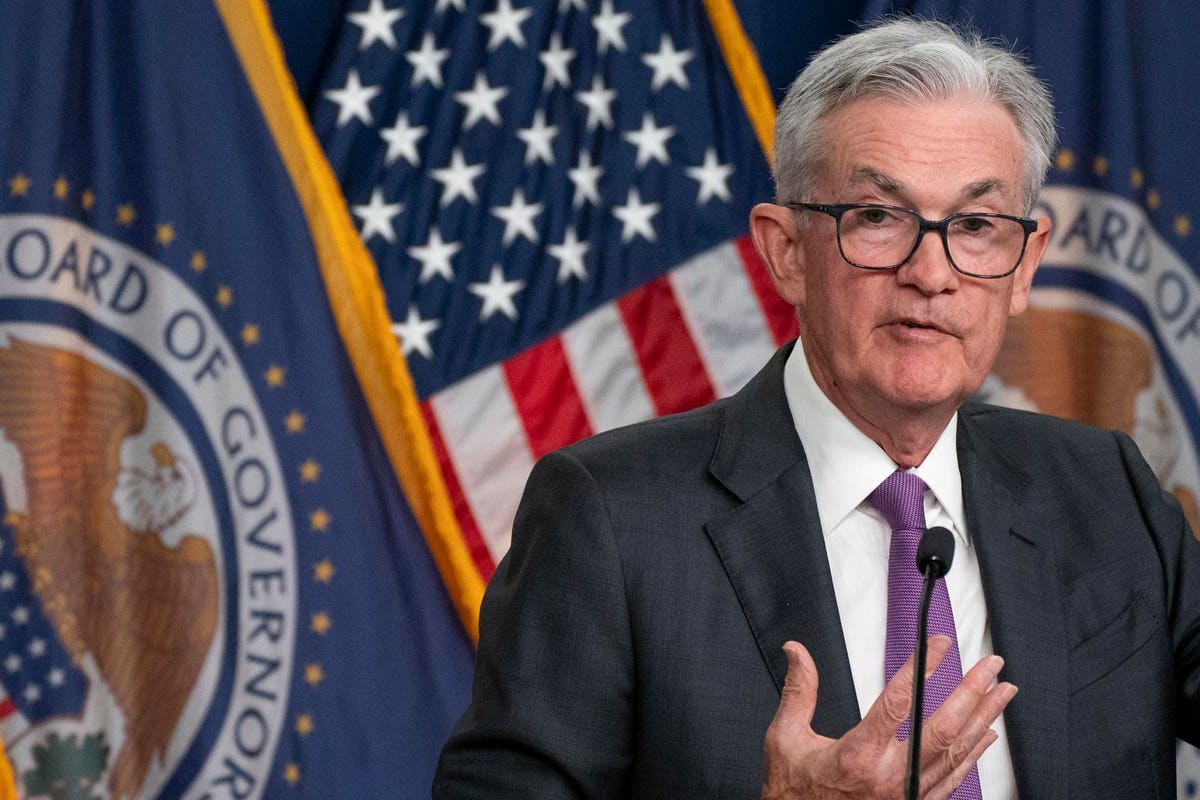In recent years, the focus has been on how much and how fast the Federal Reserve would raise interest rates. That may be changing. Talk of further rises in rates has become more measured.
Fed Chair Jerome Powell at his recent speech at Jackson Hole, specifically noted the conditions under which the Fed would raise rates further, implying that future increases in rates are perhaps no longer a foregone conclusion. We’ll learn more at the Fed’s September meeting.
The Markets’ View
Interest rate futures currently forecast a small chance of an interest rate cut early in 2024, but by next summer a rate cut becomes more likely than not. Based on economic projections from June, Fed officials forecast that rates will decline over 2024, but not by much, still remaining over 4%. Both the Fed and markets predict that interest rates will remain generally elevated throughout 2024. There’s currently no real expectation from either the Fed or interest rate futures, that short-term rates could fall much under 4% next year.
Metrics To Watch
The Fed’s mandate is full employment and price stability. It’s no surprise then that they are looking for further disinflation and maybe a cooling jobs market before cutting rates. However, those events may be starting to play out. Inflation isn’t back to the Fed’s 2% goal yet, but headline inflation is running at a 3.2% annual rate on July Consumer Price Index data. The Fed points to core inflation (stripping out food and energy prices) running a lot higher and services inflation running higher still. Still, a lot of progress has been made since inflation’s peak last summer. We’ll see another CPI update on September 13.
The jobs market is worth watching too. After a period of robust numbers, the most recent jobs report showed a marked slowdown in job creation and an uptick in unemployment. Nonetheless, it remains to be seen how much of that change was due to one-off factors such as the bankruptcy of a major trucking firm and the Hollywood writers’ strike.
Recession Risk
The real test for the Fed would come if the U.S. entered a recession. That’s something the U.S. economy has avoided for now, but some metrics, such as the yield curve, are calling for a 2024 recession. Maybe that could help tame inflation further, but, if not, then the Fed will face a real trade-off between price stability and job creation. So far they have stressed the importance of price stability to the economy, but in the face of a recession that believe may be harder to sustain.
For now, the Fed expects rates to remain high for some time. We could start to see incremental rate cuts in 2024 on market and Fed forecasts. Still, history suggests that once the Fed starts cutting interest rates, further cuts can come quickly, especially if the economy weakens. However, there have been many unusual aspects to this economic cycle.
Read the full article here












